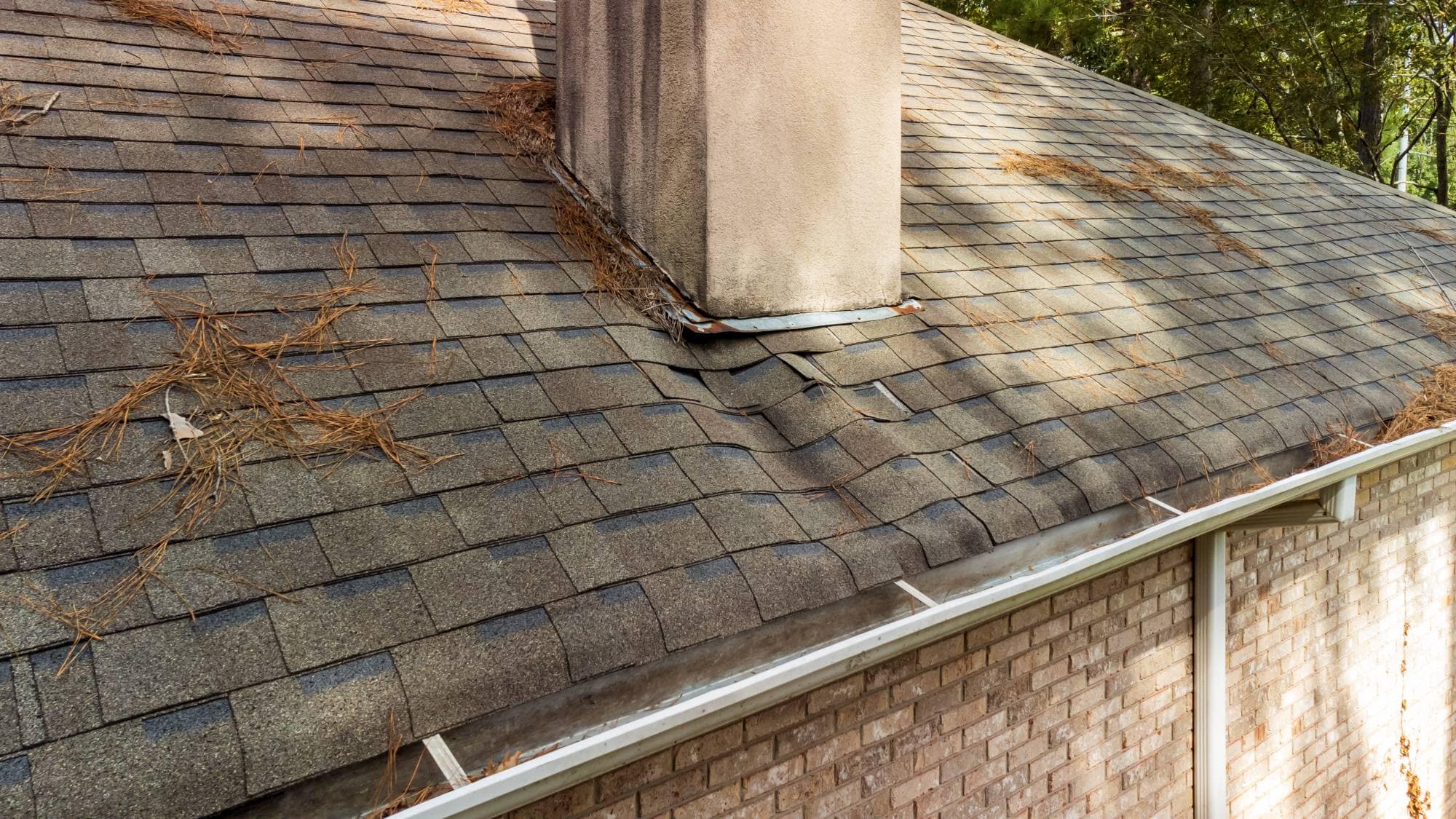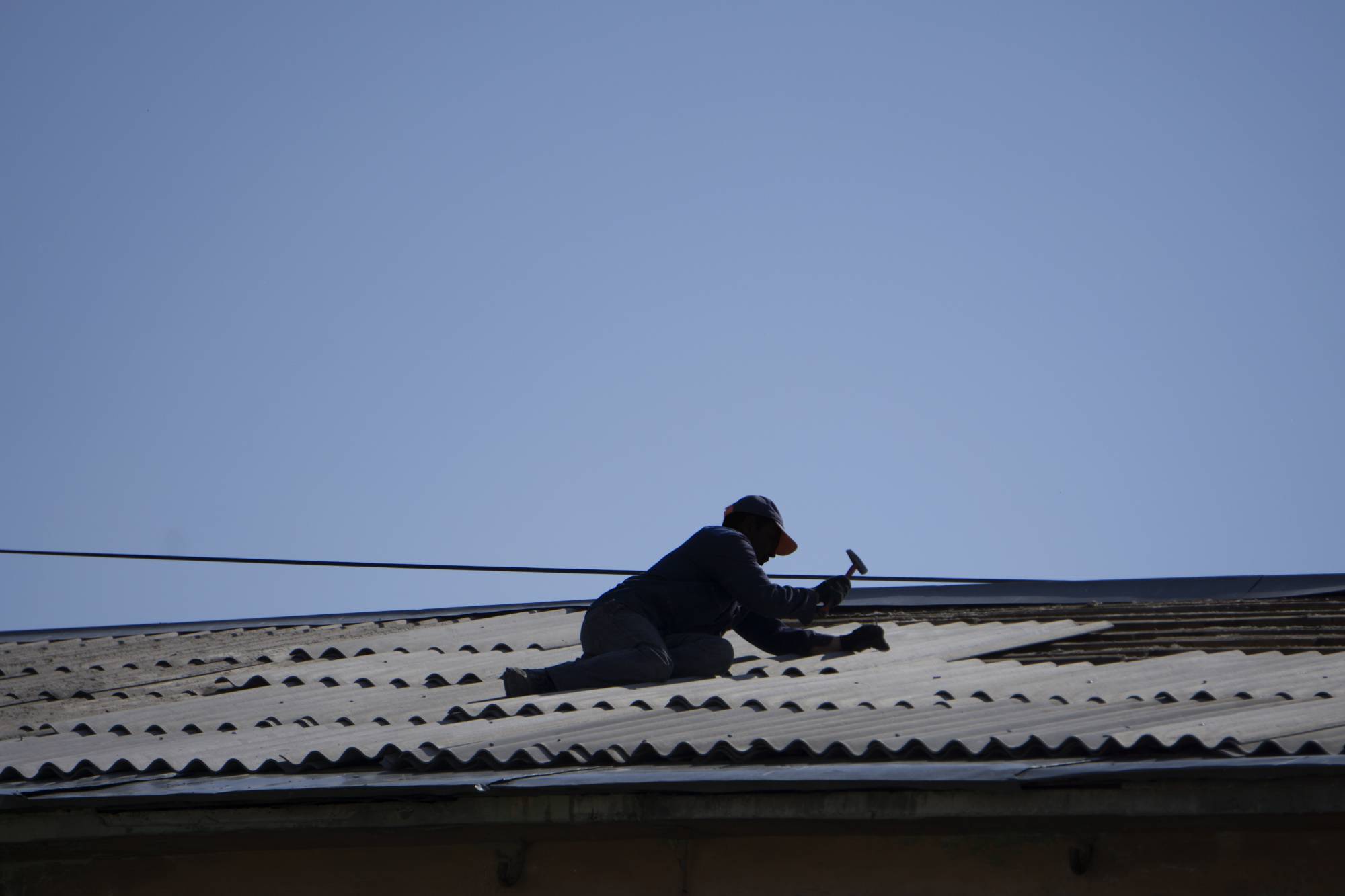Professional chimney leak repair that finds and fixes the real problem—not just the symptoms you can see.

Hear from Our Customers

When your chimney stops leaking, you stop worrying about water stains on your walls, musty smells in your living room, or expensive damage spreading through your home. You get back to enjoying your fireplace without wondering if the next rainstorm will cause more problems.
No more towels catching drips. No more staring at ceiling stains wondering how bad it really is. Just a properly sealed chimney that does its job—keeping water out and your family safe.
The relief is immediate once the leak is properly fixed. Your home stays dry, your investment stays protected, and you can use your fireplace with confidence.
At Above and Beyond Chimney, we understand exactly what Swansea chimneys face. The coastal moisture, the freeze-thaw cycles, the way water finds every weak spot in aging masonry—we’ve seen it all.
We’ve been protecting homes across Norfolk and Plymouth Counties for years, and we know that Bristol County presents its own unique challenges. Your chimney deals with substantial rainfall, snow accumulation, and temperature swings that can turn a small crack into a major leak.
That’s why we don’t just patch the obvious problem. We find the real source, whether it’s damaged flashing, a cracked crown, deteriorated mortar, or porous brickwork that’s been absorbing water for months.

First, we inspect everything—not just where you see water coming in. We check the chimney cap, crown, flashing, masonry, and mortar joints to pinpoint exactly where water is entering. Sometimes the entry point is nowhere near where you see the damage.
Next, we might do a controlled water test to confirm the source. This isn’t guesswork. We need to know exactly what’s broken before we fix it.
Then we target the specific problem. If it’s flashing, we repair or replace it properly. If it’s a cracked crown, we seal it or rebuild it depending on the damage. If it’s porous masonry, we apply professional-grade waterproofing that lets your chimney breathe while keeping water out.
You get a repair that addresses the actual cause, not just the symptoms. That means the leak stays fixed.

Ready to get started?
Every chimney leak repair includes a thorough inspection to identify all potential water entry points. We examine your chimney cap, crown, flashing, masonry, and mortar joints—because water rarely enters where you think it does.
In Swansea and throughout Bristol County, we see specific patterns. Coastal moisture accelerates mortar deterioration. Freeze-thaw cycles crack crowns and loosen flashing. Older homes often have flashing that was never properly integrated with the roof structure.
We address these local factors in every repair. Our waterproofing products are designed for New England weather—they protect against moisture while remaining vapor-permeable so your chimney can breathe. Our flashing repairs use proper techniques that create lasting seals, not temporary patches.
You get materials and methods that work specifically for Massachusetts conditions, not generic solutions that might fail in our climate.
